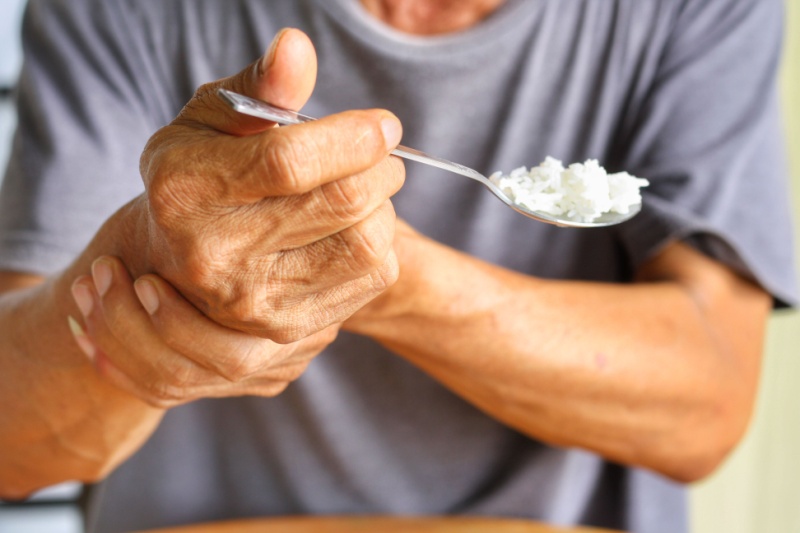Parkinson’s disease is a brain disorder that leads to the deterioration of specific brain areas. While the exact cause of most Parkinson’s is still not known, some can be traced back to genetic factors. Although the condition has no cure, it can be managed effectively.
What you need to know:
- What is Parkinson’s disease?
- Recognizing the signs: Key symptoms of Parkinson’s disease
- Living with Parkinson’s disease
What is Parkinson’s disease?

Parkinson’s disease is the progressive deterioration of a particular section of your brain, resulting in severe symptoms and conditions. While it’s known for its effect on motor skills, this condition can also damage your sensory perception, cognitive functions and emotional well-being.
In its initial stages, Parkinson’s may lead to losing control over facial expressions, arm movement while walking, and slurred speech. As the disease progresses, these symptoms worsen.
Recognizing the signs: Key symptoms of Parkinson’s disease
Parkinson’s disease affects everyone differently. Here are the two most common types of symptoms that you can experience:
Movement-related symptoms

Here are some movement-related symptoms of Parkinson’s disease:
- Tremors: Rhythmic shaking is perhaps the most common symptom that begins with your hands and fingers shaking back and forth. This is more likely to happen when you are resting.
- Improper movement: Also known as bradykinesia, Parkinson’s disease slows your movement over time, making simple tasks difficult and time-consuming. For example, it might take you more time to get off the chair or climb the stairs.
- Bad posture and balance: Parkinson’s disease can lead to a stooped body posture. You can also experience balance problems, making you fall at times.
- Loss of movements: Your ability to perform unconscious movements, such as smiling, blinking and swinging arms, may decrease significantly.
- Changes in speech: Your speech may become softer, making you hesitate before speaking.
- Changes in writing: You may find it challenging to write normally, and your writing may become smaller.
Non-motor symptoms
Non-motor symptoms can be potential early signs of Parkinson’s disease. Here are the non-motor symptoms that you can experience:
- Depression
- Loss of smell (anosmia)
- Sleep problems like PLMD (periodic limb movement disorder) and restless leg syndrome
- Cognitive problems leading to errors in thinking
- Autonomic nervous system symptoms include gastrointestinal problems, constipation and sudden decrease in blood pressure while standing up.
Living with Parkinson’s disease
Living with Parkinson’s disease can prove challenging for yourself and your loved ones. The progression of symptoms, like escalating movement challenges, can cause frustration. As a result, it’s essential to communicate your feelings openly and express to your family and friends how they can assist you. Don’t hesitate to convey your needs should you require it.
Visit a medical expert or Parkinson’s disease specialist to learn more about the condition and steps you can take to work your way around this condition.
Stay tuned to the Activ Living Community. Stay updated with the latest health tips and trends through expert videos, podcasts, articles, and much more on nutrition, fitness, mindfulness, and lifestyle conditions like Asthma, High Blood Pressure, Cholesterol, and Diabetes. Activ Living ke saath sahi sehat ki shuruaat ABHIkaro.
You may also be interested in the following blogs:
- Understanding Epilepsy: Causes, Symptoms, And Treatment Options
- What Is Alzheimer’s Disease? Causes, Symptoms And Treatment
Popular Searches
How to lower blood pressure | Fruits good for liver | Unhealthy foods | Ragi Benefits | Basal Metabolic Rate | Acupressure points for High Blood Pressure | Ayurvedic medicine for blood pressure | How to control cholesterol at home | Homeopathy for Asthma | Biological Age | Home remedies for TB | Natural beta blockers | Negative effects of internet | Types of walking | Blood pressure calculator | Blood sugar calculator | BMI Calculator





 1800-270-7000
1800-270-7000






